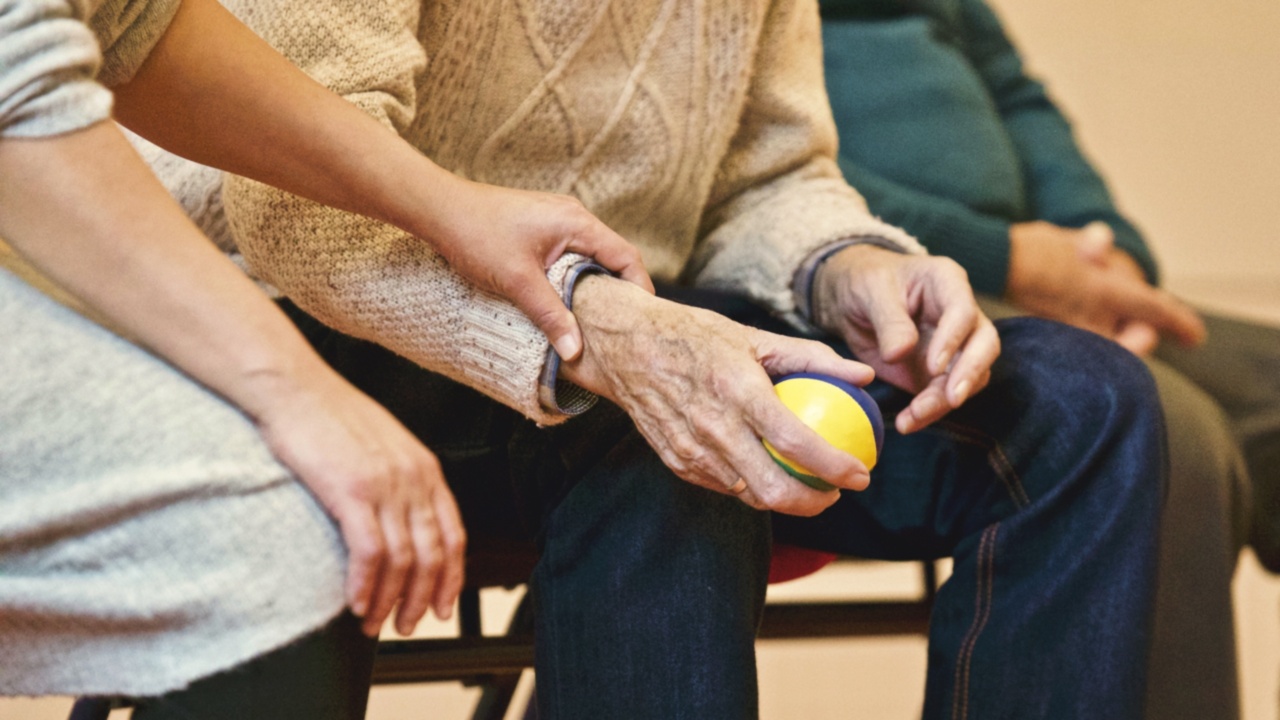Neck pain is a common complaint that affects millions of people worldwide. It can range from mild discomfort to severe pain, making everyday activities challenging.
Neck pain can be caused by various factors, including poor posture, muscle strain, injuries, and certain medical conditions.
Common Causes of Neck Pain
1. Poor Posture:.
Poor posture is one of the leading causes of neck pain. Spending long hours hunched over a desk or slouching while sitting can strain the muscles and ligaments in the neck, leading to pain and discomfort.
2. Muscle Strain:.
Overuse or sudden movements of the neck can cause muscle strains. Activities like repetitive lifting, sports, or excessive phone or computer use can put stress on the neck muscles, resulting in pain and stiffness.
3. Injuries:.
Neck injuries, such as whiplash from car accidents, falls, or sports-related incidents, can cause significant neck pain. These injuries often involve sudden jerking or forceful impacts that strain the neck’s structures.
4. Herniated Disc:.
A herniated disc occurs when the soft cushioning between the spinal bones ruptures or bulges. This condition can cause neck pain if the affected disc puts pressure on the nearby nerves.
5. Arthritis:.
Certain types of arthritis, such as osteoarthritis and rheumatoid arthritis, can affect the neck joints, causing pain and stiffness.
6. Medical Conditions:.
Various medical conditions, including fibromyalgia, meningitis, and cancer, can cause neck pain as a secondary symptom. These conditions require proper medical diagnosis and treatment.
Treating Neck Pain with Gymnastics
Gymnastics exercises can help alleviate neck pain by improving posture, strengthening neck muscles, and promoting flexibility. Regular gymnastics routines can provide relief and help prevent future pain. Here are some beneficial exercises:.
1. Neck Stretches
Start by sitting or standing with your back straight. Slowly tilt your head to one side, bringing your ear towards your shoulder. Hold this position for 15-30 seconds, then repeat on the other side.
Next, tilt your head forward and backward, feeling the stretch in your neck muscles. Repeat this exercise 5-10 times on each side.
2. Shoulder Rolls
Shoulder rolls help release tension in the neck and upper back muscles. Stand with your feet shoulder-width apart and arms hanging by your sides. Roll your shoulders forward in a circular motion for 10-15 times, then repeat in the opposite direction.
3. Chin Tucks
Sit or stand with your back straight and shoulders relaxed. Gently tuck your chin towards your chest, without tilting your head forward. Hold this position for 5-10 seconds, then relax. Repeat this exercise 10 times.
4. Cat-Camel Stretch
Get on all fours, with your hands directly under your shoulders and knees under your hips. Arch your back upwards, dropping your head and tailbone downwards (cat stretch).
Hold for a few seconds, then reverse the movement by arching your back downwards, lifting your head and tailbone upwards (camel stretch). Repeat this exercise 10 times.
5. Wall Planks
Stand facing a wall and place your hands on the wall at shoulder height. Lean forward until your body forms a straight line, simulating a plank position. Hold this position for 20-30 seconds, then relax. Repeat the exercise 5 times.
6. Neck Rotation
Sit or stand with your back straight. Slowly turn your head to the right, aiming to bring your chin over your shoulder. Hold for 10-15 seconds, then return to the center. Repeat on the left side. Perform 5 rotations on each side.
7. Yoga Bridge Pose
Lie flat on your back with your knees bent and feet flat on the floor, hip-width apart. Place your arms alongside your body, palms facing down. Inhale and lift your hips toward the ceiling, while pressing your feet and arms into the floor.
Hold the pose for 20-30 seconds, then gently release. Repeat 3-5 times.
8. Seated Twist
Sit on the edge of a chair with your feet flat on the ground. Place your right hand on the outside of your left knee and gently twist towards the left, using your hand for support. Hold the twist for 15-30 seconds, then repeat on the opposite side.
Perform 3-5 twists on each side.
9. Shoulder Blade Squeeze
Stand or sit with your back straight. Squeeze your shoulder blades together, as if trying to hold a pencil between them. Hold this position for 5-10 seconds, then release. Repeat the exercise 10-15 times.
10. Cobra Stretch
Lie on your stomach with your hands placed under your shoulders. Press your hands into the floor and lift your upper body, keeping your hips on the ground. Hold the stretch for 20-30 seconds, then slowly lower back down. Repeat 3-5 times.






























